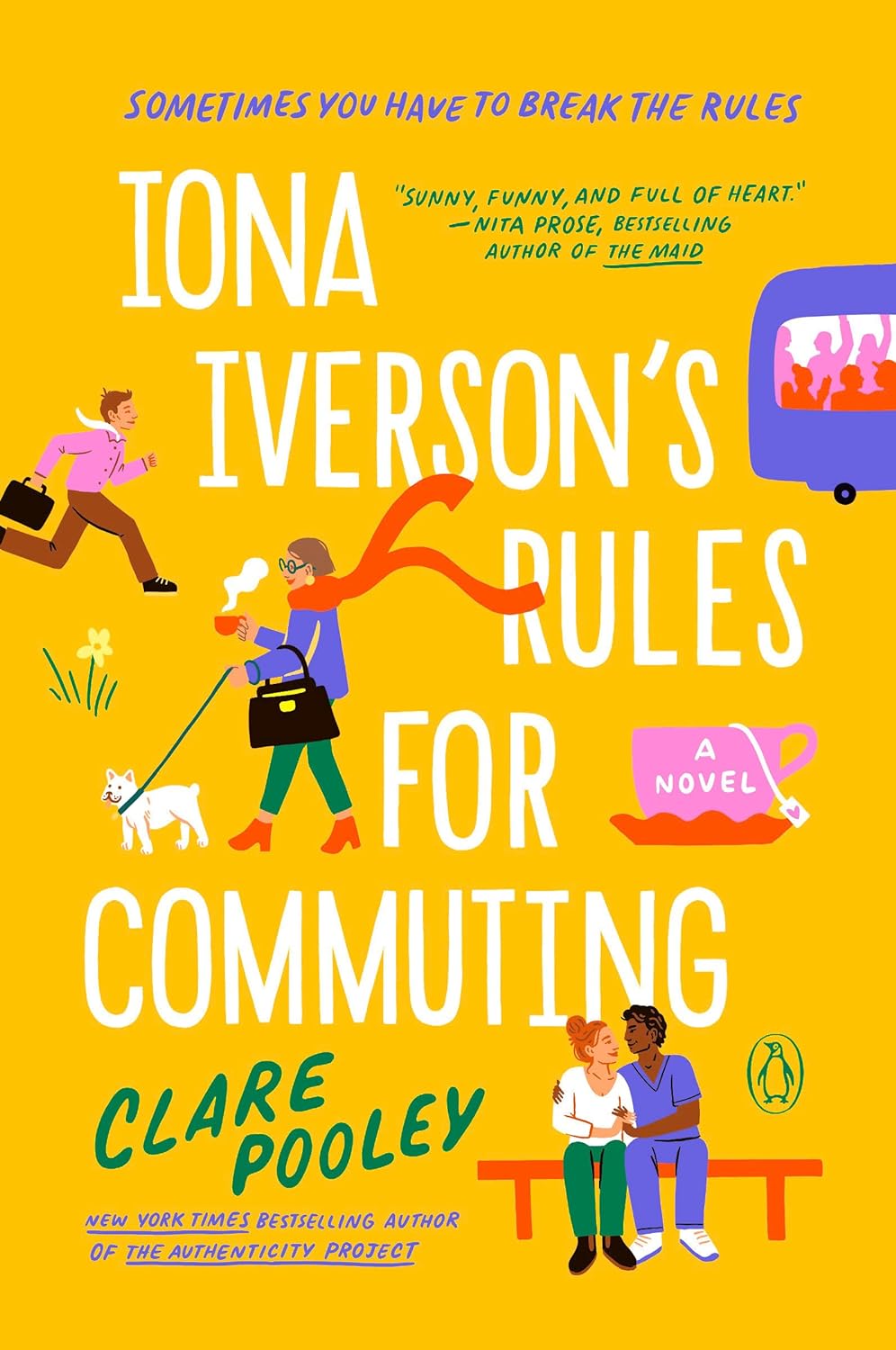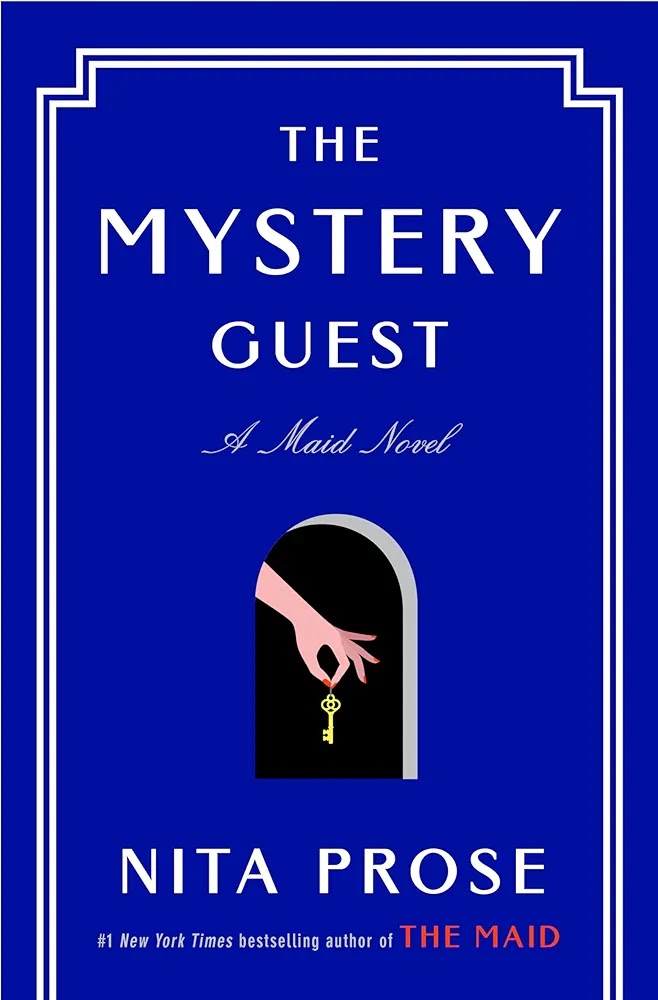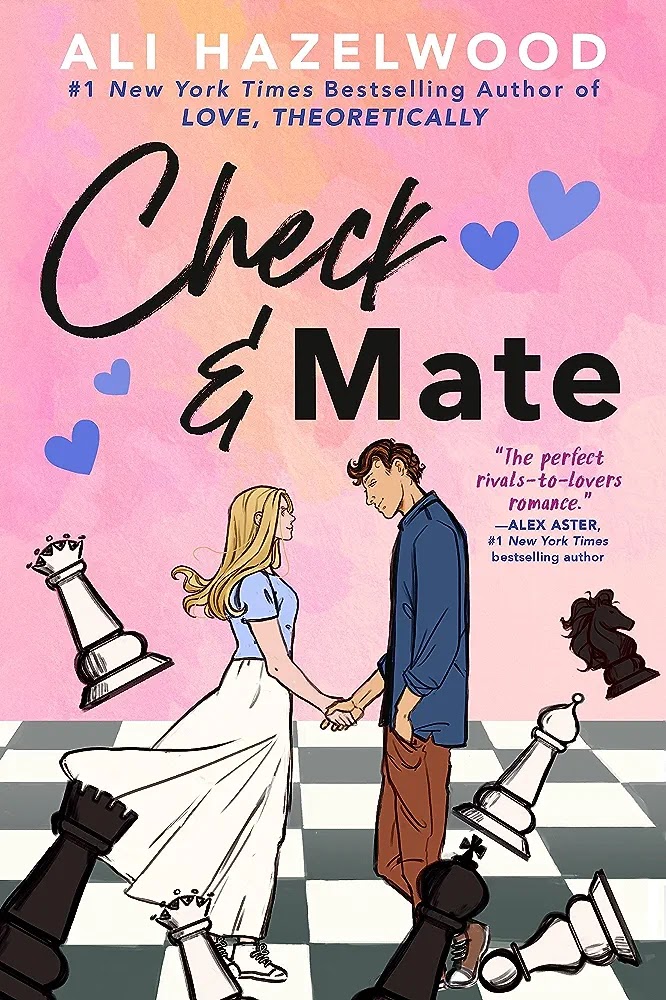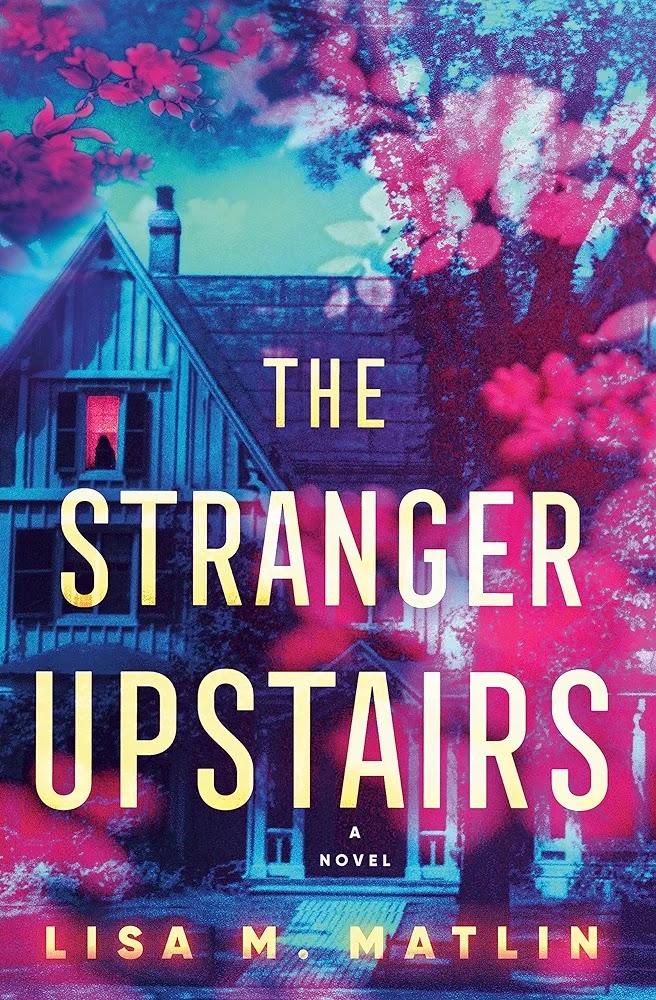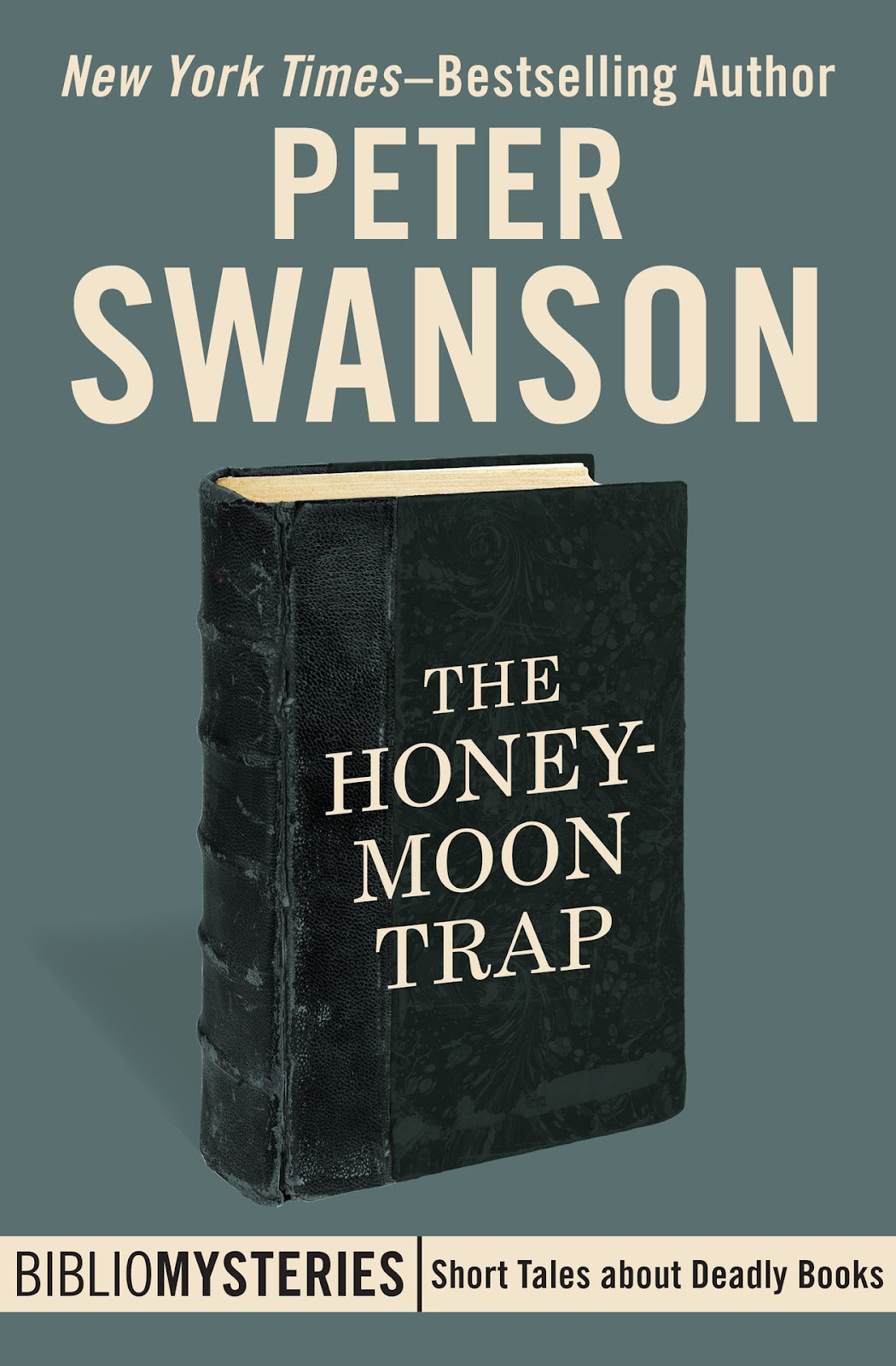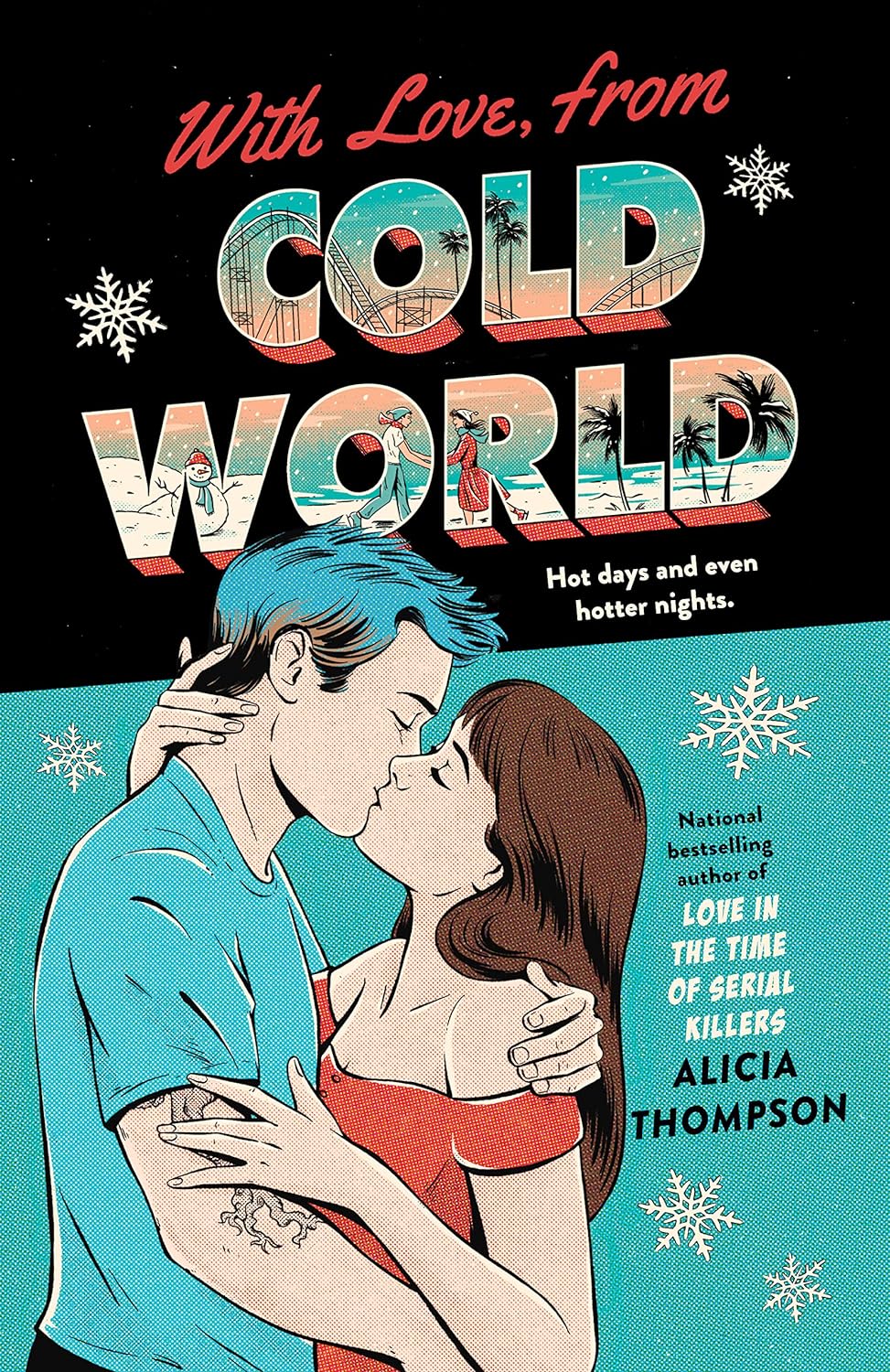Grove Press | 12 June 2018 | 176 Pgs
Source: Library
Translated from the Japanese by Ginny Tapley Takemori
36-year-old Keiko Furukura has been a society misfit since young. She doesn't really know how to interact with others; and what she expresses or does at times may seem inappropriate or unsound to others although her intentions are simply innocent and to get things done in her own ways. Her portrayal may lead to some wondering if she's autistic but the direction wasn't clear. At the age of eighteen, Keiko dropped out from school and began working at a convenience store, "Smile Mart". For once, she finds peace and purpose in her life and she realises that in order to fit in with the society, she has to act "normal" like others. Like following the rules from the store manual, she does her best in copying her colleagues' mannerisms, speech and even their fashion sense.
Keiko may have perfected her speech and mannerisms as the time go, but she has other problems to face, such as the pressure of finding a husband and getting a "real" job. When she crosses path with an ex-colleague, Shiraha, she begins to think that perhaps she could lend a helping hand considering he is a misfit, too. This leads to misconceptions from her family and colleagues as they think that she's finally found someone and the latter embrace her more warmly into their groups. Keiko values her friendship with her colleagues, but in her mind she's wondering if she should be content living a troubled normal life rather than a carefree abnormal one.
At its core, this book is about meeting societal expectations. Keiko was an empathetic character who thinks nothing much about herself but more of how she should portray herself and being accepted by the society regardless of her unusual characteristics. This isn't to say Keiko is wrong, but since the autistic spectrum was never fully explored (perhaps intentional by the author?), it is easy for the society to interpret her as an "outsider" - someone who simply doesn't fit in or adjust. While this perception happens anywhere around the world, it was strongly felt through Keiko's narrative as the role of men and women are often viewed differently based on their culture, mindset and any other issues. Work culture and gender discrimination (Shiraha's views will anger many women so I won't go there) are also explored here; and you'll learn more about the job and responsibilities of a store clerk through Keiko's eyes (she's a devoted employee and definitely deserves an award in my opinion). Overall this was a quick read and an interesting portrayal of an extraordinary quirky heroine in today's society conformity.
© 2021 Melody's Reading Corner (https://mel-reading-corner.blogspot.sg/), All Rights Reserved. If you are reading this post from other site(s), please take note that this post has been stolen and is used without permission.






